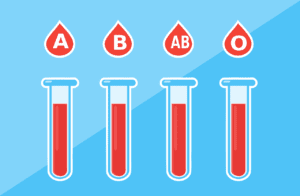Acute Promyelocytic Leukemia
What is Acute Promyelocytic Leukemia?
Acute Promyelocytic Leukemia (APL) happens when there is a buildup of promyelocytes in the blood. Promyelocytes are immature blood-forming cells and their build up could signify the body will have a shortage of normal platelets, red cells and white cells in the blood.
APL is a specific subtype of acute myeloid leukemia.
APL usually occurs in middle aged adults, but can be diagnosed at any age. It affects men and women in equal numbers.
What are the symptoms of Acute Promyelocytic Leukemia?
Acute Promyelocytic Leukemia has the following symptoms:
- Pale skin
- Black and blue marks (bruises) on the skin
- Red spots about the size of a pin head
- Excessive tiredness
- Loss of appetite
- Weight loss
- Dizziness
- Shortness of breath
- Swollen gums
- Low grade fever
What causes Acute Promyelocytic Leukemia?
The cause of Acute Promyelocytic Leukemia is not completely understood, but it does seem to involve genetic damage that happens during the lifetime of the patient. Many researchers point to a problem with chromosomes 15 & 17. It is not an inherited disease.
People who have had chemotherapy or radiation therapy are at increased risk for treatment-related APML. Patients with a history of bone marrow disease are also at increased risk.
Occupational or environmental risks appear to have no influence on APML diagnosis.
How is Acute Promyelocytic Leukemia diagnosed?
Acute Promyelocytic Leukemia is diagnosed through a Complete Blood Count (CBC) and bone marrow testing. There are other more specific tests that will be run after a diagnosis is confirmed.
What are the treatments for Acute Promyelocytic Leukemia?
Standard Acute Promyelocytic Leukemia treatment uses a drug called ATRA (all-trans retinoic acid), a derivative of vitamin A in combination with standard chemotherapy drugs. The goal is to achieve a remission and reduce symptoms.
Where can I find out more about Acute Promyelocytic Leukemia?
Acute Promyelocytic Leukemia Articles

Oral Arsenic Trioxide Regimen Effective for Treating APL, Study Results Suggests

FDA Lifts Clinical Hold on Phase 1 AML and MDS Clinical Trial






